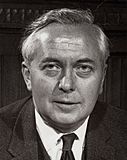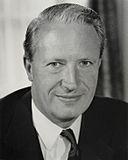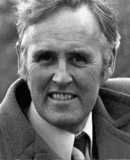February 1974 United Kingdom general election facts for kids
|
|||||||||||||||||||||||||||||||||||||||||||||||||||||||||||||||||||||||||||||
|
|
|||||||||||||||||||||||||||||||||||||||||||||||||||||||||||||||||||||||||||||
|
All 635 seats in the House of Commons 318 seats needed for a majority |
|||||||||||||||||||||||||||||||||||||||||||||||||||||||||||||||||||||||||||||
|---|---|---|---|---|---|---|---|---|---|---|---|---|---|---|---|---|---|---|---|---|---|---|---|---|---|---|---|---|---|---|---|---|---|---|---|---|---|---|---|---|---|---|---|---|---|---|---|---|---|---|---|---|---|---|---|---|---|---|---|---|---|---|---|---|---|---|---|---|---|---|---|---|---|---|---|---|---|
| Turnout | 78.8%, |
||||||||||||||||||||||||||||||||||||||||||||||||||||||||||||||||||||||||||||
|
|||||||||||||||||||||||||||||||||||||||||||||||||||||||||||||||||||||||||||||
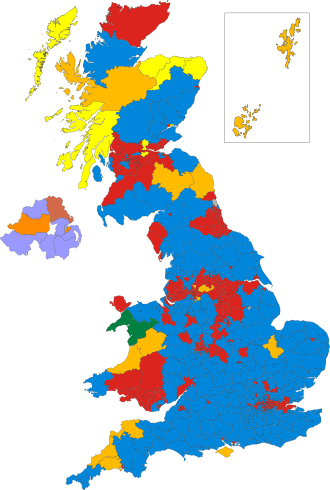
Colours show the winning party—as shown in February 1974 United Kingdom general election § Notes
|
|||||||||||||||||||||||||||||||||||||||||||||||||||||||||||||||||||||||||||||
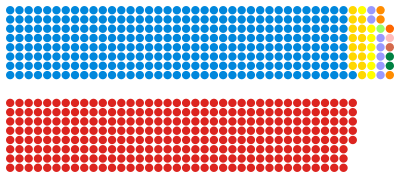
Composition of the House of Commons after the election
|
|||||||||||||||||||||||||||||||||||||||||||||||||||||||||||||||||||||||||||||
|
|||||||||||||||||||||||||||||||||||||||||||||||||||||||||||||||||||||||||||||
A general election was held in the United Kingdom on 28 February 1974. People voted to choose all 635 members of the House of Commons of the United Kingdom. This election ended in a situation called a hung parliament, which means no single political party won enough seats to have a clear majority.
Because no party had a majority, it was hard to form a stable government. The different parties could not agree to work together in a coalition. So, the Labour Party, which had won the most seats, formed a minority government. This meant they had to try and run the country without having more than half the seats in Parliament. Harold Wilson became the Prime Minister.
It is very difficult for a government to work effectively without a majority. Because of this, the House of Commons decided to hold another general election very soon after, in October of the same year. This was done to try and get a clearer result, hoping one party would win a majority.
Contents
What is a General Election?
A general election is when people in a country vote for who they want to represent them in the government. In the UK, people vote for a Member of Parliament (MP) to represent their local area, called a constituency. All the MPs together form the House of Commons, which is a very important part of the UK Parliament. The party that wins the most MPs usually forms the government.
The February 1974 Election
The general election in February 1974 happened because the country was facing some big problems. There were strikes by coal miners and other workers, and the economy was struggling. The Prime Minister at the time, Edward Heath from the Conservative Party, called the election hoping to get a stronger mandate (support from the public) to deal with these issues.
Who Were the Main Leaders?
- Edward Heath was the leader of the Conservative Party and the Prime Minister before the election.
- Harold Wilson was the leader of the Labour Party. He had been Prime Minister before and was hoping to win again.
- Jeremy Thorpe led the Liberal Party. This party saw a big increase in their share of the votes in this election.
- William Wolfe was the leader of the Scottish National Party. This party also gained more seats in Scotland.
What is a Hung Parliament?
In the UK, for a political party to form a strong government, it usually needs to win at least 318 seats out of 635 in the House of Commons. This number is called a "majority." If no single party wins 318 or more seats, it's called a hung parliament. This means no one party has enough power on its own to pass laws easily.
In the February 1974 election:
- The Conservative Party won 297 seats.
- The Labour Party won 301 seats.
- The Liberal Party won 14 seats.
- Other smaller parties won the remaining seats.
As you can see, neither the Conservatives nor Labour reached the 318 seats needed for a majority. Labour won slightly more seats than the Conservatives, but not enough to govern alone.
What Happened After the Election?
After the election, there was a lot of discussion about who would form the next government. Edward Heath, the Conservative leader, tried to form a coalition government with the Liberal Party. A coalition is when two or more parties agree to work together to form a government. However, they could not agree on terms.
Because no coalition was formed and Labour had the most seats, Harold Wilson became Prime Minister. He led a minority government. This means his government did not have a majority of MPs supporting it in the House of Commons. This made it very hard for the government to pass new laws or make big decisions, as they needed support from other parties for almost everything.
Why Was Another Election Needed?
Running a country with a minority government is very challenging. It means that the government can be outvoted by other parties in Parliament. To get a stronger government that could make decisions more easily, it was decided that another general election was needed. This second election took place just eight months later, in October 1974. The hope was that this time, one party would win a clear majority.
See also
 In Spanish: Elecciones generales del Reino Unido de febrero de 1974 para niños
In Spanish: Elecciones generales del Reino Unido de febrero de 1974 para niños


